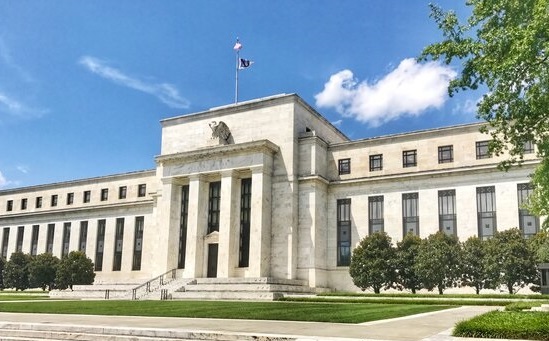Markets are tense on Tuesday after the Nasdaq closed lower after a choppy session for U.S. equities in general ahead of a big week of technology earnings reports while oil prices rose sharply due to Russia’s latest counter-measures in the energy market.
Investors are basically awaiting what the Fed will have to say on those topics at its monetary policy meeting next week, at which it is widely expected to deliver another jumbo-sized 75 basis-point rate increase and not a 100 basis-point increase.
This week traders are also looking to results from Apple Inc, Microsoft Corp, Coca-Cola, and a raft of other companies that will give investors a better picture of how businesses are holding up.
Investors and financial markets, in general, are very curious about how company earnings are going to hold up this quarter in the face of a slowdown in the economy, the strong US dollar, and rising inflation.
I personally believe that the US dollar’s strength probably threatens to combine with high inflation, supply chain issues, and other factors, which are going to harm corporate earnings this week.
The rate big rate change and the US dollar strengths probably are going to show a strong negative correlation over time vs. S&P 500 earnings. Greenback strength comes at a bad time when margin pressure and increasingly weaker demand are present.
Overall, some 40% of S&P 500 revenues come from overseas, data shows. IT or tech leads all sectors with 58% of revenues derived internationally, followed by materials with 56%. This is why tech earnings are under the microscope so much.
So far, a small majority of the S&P 500 companies that have reported their second quarter results have posted earnings above expectations, nearly half the average of 9.5% over the prior four quarters.
Data also shows that US Dollar peaks over the past 40 years have been followed by rallies in the S&P 500, with the benchmark index climbing by an average of 10% in the next 12 months.
In fact, the US dollar is trading at a nearly 120% “safe-haven premium” based on its historical relationship to the consumer sentiment index data also shows.
Some analysts are bullish thought as some analysts believe a strong US dollar reflects the belief that the United States can weather a looming global slowdown better than other countries.




